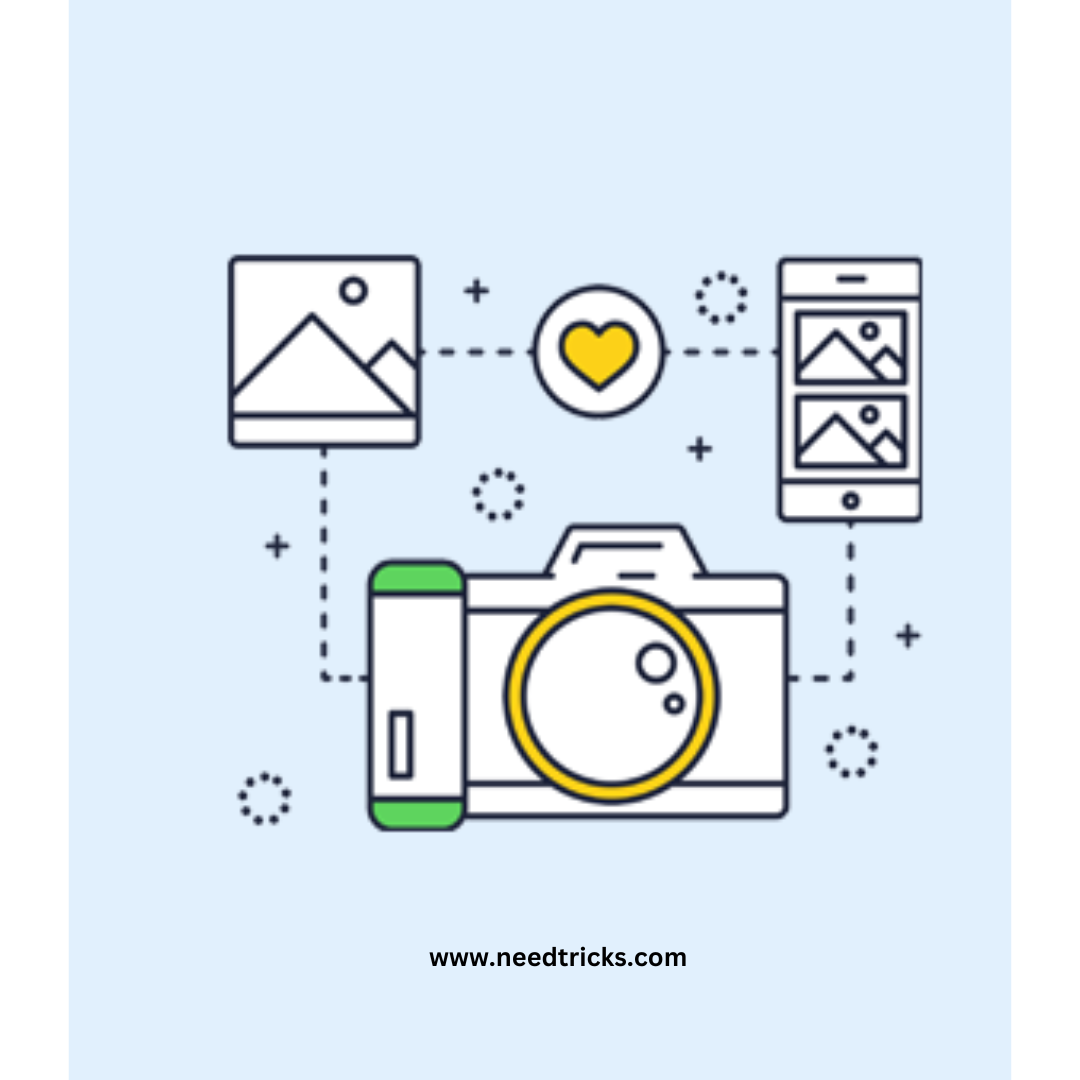Images play a crucial role in the overall aesthetic appeal of a website. They can also significantly impact the site’s performance by affecting page load times. Therefore, it’s essential to optimize images for the web to ensure they’re visually appealing while still maintaining their quality.
Here are five tips to optimize images for the web without losing quality.
1.Choose the Right Image Format:
Choosing the right image format is critical to optimizing images for the web. There are three popular image formats: JPEG, PNG, and GIF. JPEG is the best format for photographs and complex images, while PNG is ideal for simpler graphics with fewer colors. GIF is suitable for simple graphics with small file sizes. Choosing the right format ensures that the image’s quality is preserved while still maintaining an optimal file size.
2.Compress Images:
Compressing images reduces their file size without losing quality. Image compression tools such as TinyPNG and JPEGmini can compress images while still maintaining their quality. Compressing images can significantly reduce page load times, making the website faster and more accessible to users.
3.Resize Images:
Resizing images can significantly reduce their file size without sacrificing quality. For example, resizing an image from 2000px to 1000px can reduce its file size by up to 75%. It’s essential to ensure that images are resized to their actual display size on the website to avoid loading unnecessarily large files.
4.Use Lazy Loading:
Lazy loading is a technique that delays the loading of non-critical resources, such as images, until they’re needed. By using lazy loading, images are only loaded when the user scrolls down the page, reducing page load times and improving the site’s performance.
5.Optimize Image Alt Tags:
Optimizing image alt tags can improve the website’s accessibility and SEO. Alt tags are used to describe the image’s content for users who use screen readers or have visual impairments. Adding relevant alt tags also improves the image’s SEO by helping search engines understand the image’s content and context.
Conclusion
Optimizing images for the web is critical to ensure that they’re visually appealing while still maintaining their quality. By choosing the right image format, compressing images, resizing images, using lazy loading, and optimizing image alt tags, website owners can improve their website’s performance, accessibility, and SEO.











